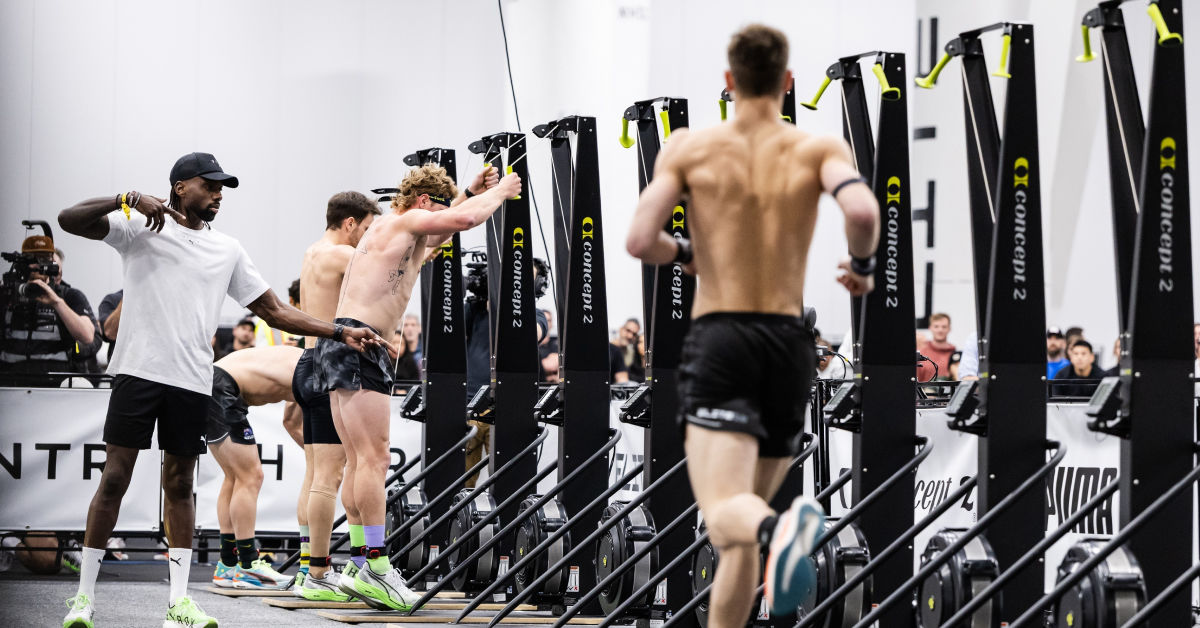How Important is Running in Hyrox
Why Running in Hyrox Competition is Important
How important is running to a competitive Hyrox athlete? Is it just a way to connect the strength and functional fitness elements, or is it central to success? Running in Hyrox alone won’t win you a division, but it can certainly lose it. It also influences how well you perform during the functional sections of the competition.
More than half of a Hyrox event is spent running. Not only are there eight one-kilometre segments, but you also spend time running in and out of transitions between exercises. This adds up to significant mileage, much of it in your aerobic threshold heart rate zone.
Intensity of Running in Hyrox
Hyrox running is done at high intensity. If you don’t train for it, your form will deteriorate with each successive kilometre, slowing you down and compromising your performance in the functional exercises.
Running Fitness Beyond Speed
Hyrox run training isn’t only about becoming faster. It’s about running comfortably and efficiently so you recover better between stations and approach each functional exercise in a stronger state.
Building Aerobic Endurance for Hyrox
The first step is building aerobic endurance. This zone is about 20 to 30 bpm below your aerobic threshold, where you’ll spend most of the competition. Building this base strengthens your muscles, connective tissue, and overall stamina.
Aim to build up to runs lasting as long as your estimated competition time, including both the running and functional elements. A solid aerobic base can be built in 8 to 10 weeks of consistent training, though you may need longer if your background is in strength rather than running.
Interval Training for Hyrox Runners
Once you can comfortably run at a low-to-moderate heart rate for long periods, start adding intervals. How well you perform at or near your anaerobic threshold depends on your body’s ability to handle lactate, which builds up at higher intensities.
The goal isn’t to become a faster eight-km runner, but to sustain a consistently high effort across eight one-km segments. Training should focus on producing lactate and forcing your body to manage it under pressure.
Intervals should get progressively longer as you improve, with short recovery periods of active rest. Avoid long breaks between reps; instead, keep moving with brisk walking or light jogging so you’re ready for the next interval. A good recovery-to-interval ratio is 50%, for example, two minutes of work followed by no more than one minute of active rest.
Adding Tempo Runs to Hyrox Training
Alongside intervals, include one tempo run per week. A tempo run is performed at about 85 to 95% of your anaerobic threshold heart rate for 25 to 35 minutes, gradually increasing over a training block.
The aim is to create enough lactate to stimulate adaptation without pushing so hard that you can’t maintain the effort. You don’t want to go too hard, as this will make the run unsustainable and too taxing for the body to adapt effectively. The goal is to apply enough stress to drive improvement, but not so much that your body grinds to a halt. With 8 to 10 weeks of consistent threshold work, you’ll be ready to race.
The Role of Running in Hyrox Success
So, how important is running in Hyrox? It won’t necessarily win you the event, but poor running can cost you the competition. The goal is to run efficiently and recover well so you’re prepared for the functional exercises, which is where the real damage can be done.
Ready to train like a pro? Explore the FITROX range now. Order your Competition Sled, Power Rope, Wall Ball and more, and equip yourself with gear built to perform when it counts.





Leave a Reply